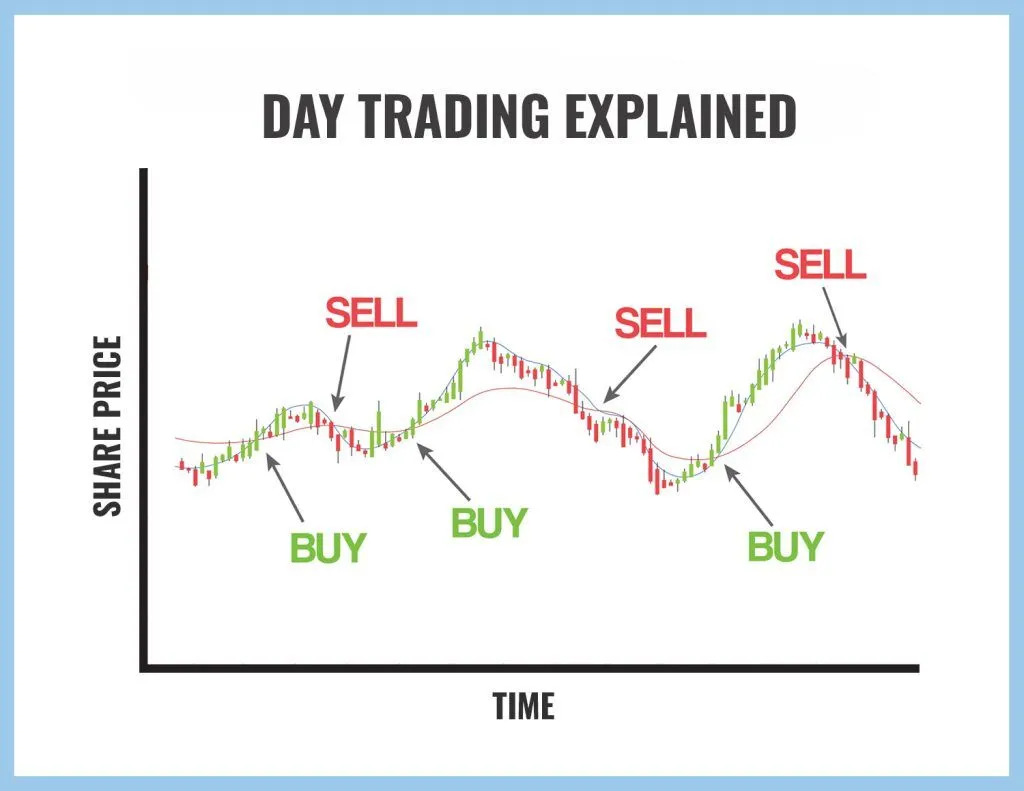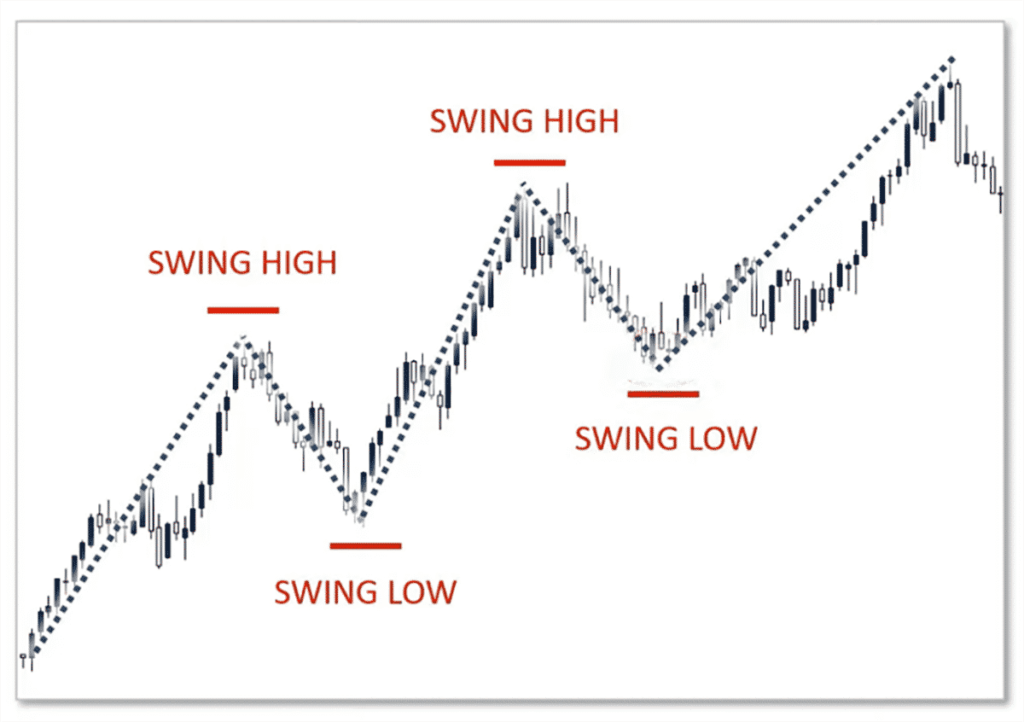Day Trading vs Swing Trading: Which Strategy Fits Your Financial Goals?
In today’s dynamic financial markets, choosing between day trading vs swing trading is a crucial decision that impacts your returns, stress levels, and lifestyle compatibility. At Market Nexus Edge, we empower traders with the education, tools, and expert support needed to thrive with either strategy.
This comprehensive guide walks you through the nuances of both trading approaches—so you can align your investment strategy with your goals, personality, and available resources
What Is Day Trading?
In day trading vs swing trading, Day trading is a short-term trading strategy where traders open and close positions within the same market session. The goal is to take advantage of small price movements multiple times a day, with no positions held overnight.
Key Characteristics:
Time-Sensitive: Trades are executed quickly—often within minutes or hours.
Tools Required: Advanced trading platforms, real-time charts, and low-latency execution.
Popular Strategies:
Scalping
Momentum trading
News-based setups

Day trading attracts traders who:
Can focus during full market hours
Have strong discipline and risk management skills
Thrive in fast-paced environments
Are ready to invest in high-end trading tools
Pros of Day Trading:
No overnight exposure
Instant trade feedback
Tight risk control
Scalable with algorithmic systems
Challenges of Day Trading:
High stress and mental fatigue
Advanced infrastructure requirements
Regulatory limits (e.g. pattern-day trading rules)
Demanding learning curve
What Is Swing Trading?
In day trading vs swing trading , swing trading focuses on holding trades over several days to weeks to capture broader price movements. This approach suits those who can’t monitor markets constantly but still want to trade actively.
Key Characteristics:
Extended Duration: Hold times range from a few days to several weeks.
Analysis Mix: Combines technical chart analysis with key fundamentals.
Risk Control: Swing traders typically use wider stop-losses to manage risk from overnight volatility.

Who Is Best Suited for Swing Trading?
Swing trading benefits traders who:
Prefer a slower pace of decision-making
Have part-time availability
Seek larger returns per trade
Can handle overnight market risks
Pros of Swing Trading:
Flexibility to trade alongside other commitments
Reduced pressure and screen time
Opportunity to capture more significant price swings
Lower startup cost vs. day trading
Challenges of Swing Trading:
Exposure to news events and gaps
Longer learning cycles
Tied-up capital for extended periods
Day Trading vs Swing Trading: A Strategic Comparison
| Criteria | Day Trading | Swing Trading |
|---|---|---|
| Duration | Minutes to hours | Days to weeks |
| Frequency | Dozens of trades daily | 2–10 trades/month |
| Time Requirement | Full-time | Part-time |
| Setup Costs | High (platforms, data feeds) | Lower (basic brokerage) |
| Return Potential | Smaller per trade, frequent | Larger per trade, less frequent |
| Risk Exposure | Intraday volatility | Overnight and weekend gaps |
| Psychological Demand | High-pressure and fast-paced | Requires patience and resilience |
How to Choose the Right Trading Style
1. Consider Your Schedule
Do you have time during the day to monitor positions? If yes, day trading may suit you. If not, swing trading provides more flexibility.
2. Reflect on Your Emotional Strength
Day trading demands fast thinking and quick emotional recovery. Swing trading requires tolerance for slow-moving trades and patience with results.
3. Assess Your Tools & Capital
Day trading often needs higher investment in software and data. Swing trading can be started with a lower-cost setup.
4. Clarify Your Financial Goals
Do you prefer frequent, smaller returns or fewer trades with higher potential gains? Your income expectations can help you decide.
Getting Started with a Strategy
For Day Trading:
Choose a fast and reliable trading platform
Use demo accounts to practice execution
Follow a risk management plan with tight stop-losses
Maintain a trading journal for continuous improvement
For Swing Trading:
Use daily and weekly chart analysis tools
Backtest your setups before going live
Place stop-loss and take-profit targets logically
Review trades weekly and refine strategies
Avoid Common Mistakes
Day Trading Pitfalls:
Overtrading due to emotional triggers
Ignoring trading costs and slippage
Trading without a predefined plan
Swing Trading Pitfalls:
Not reacting to macroeconomic changes
Forgetting to move stop-loss orders
Holding unprofitable positions for too long
Combine Strategies With Copy Trading at Market Nexus Edge
At Market Nexus Edge, we offer more than just guidance—we offer action-ready solutions.
Use copy trading to:
Follow expert traders in both day and swing styles
Gain exposure to multiple strategies at once
Learn from professionals while practicing on your own
By mirroring seasoned traders, you accelerate your understanding and build confidence in real-time.
Final Thoughts: Strategy That Matches Your Style
Ultimately, the debate between day trading vs swing trading isn’t about which is better—it’s about which is better for you.
Your trading style should align with:
Your lifestyle
Your psychological strengths
Your capital capacity
Your long-term vision
At Market Nexus Edge, we help traders make informed decisions backed by education, community, and advanced tools. Whether you choose the fast lane or the scenic route, we’re here to help you trade smarter.
Ready to Get Started?
Explore our expert-curated trading signals
Learn through our dedicated educational platform
Join a global network of traders on the rise
Market Nexus Edge—Where Smart Traders Evolve.
